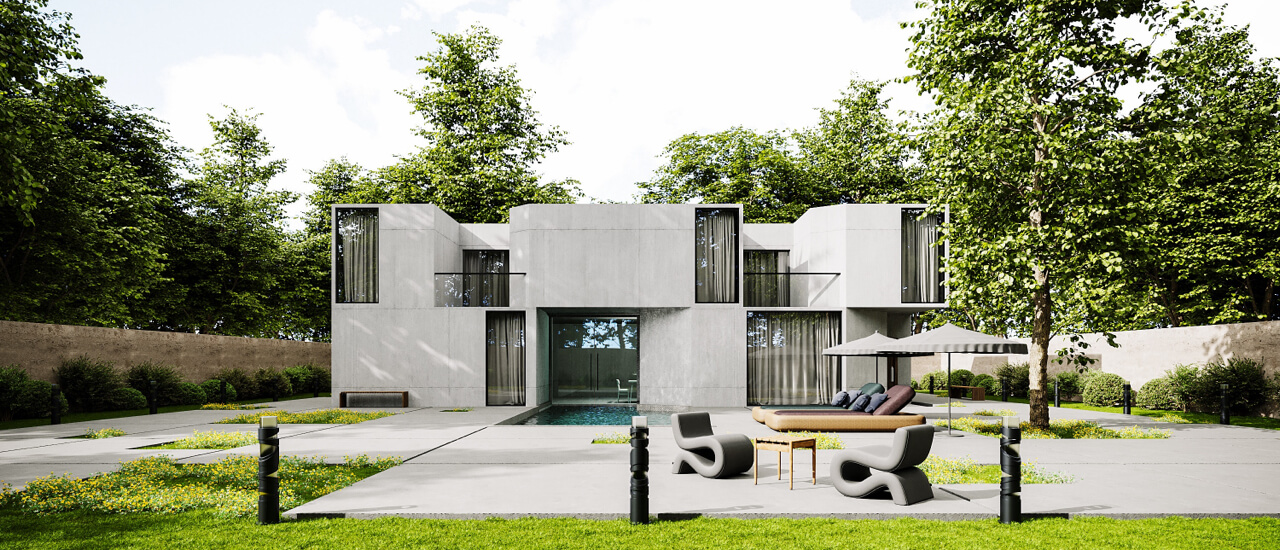In today’s fast-paced business environment, the design of a workspace can significantly impact productivity, employee satisfaction, and overall company success. Modern offices are evolving beyond traditional layouts, embracing innovative design solutions that foster collaboration, creativity, and well-being. Here’s how transforming your workspace with cutting-edge design can benefit your organization.
1. Embracing Open-Concept Layouts
Open-concept office designs break down physical barriers between employees, encouraging communication and collaboration. By removing cubicles and partitions, businesses can create a more fluid and dynamic environment. This layout promotes spontaneous interactions and teamwork, which can lead to greater innovation and problem-solving. However, incorporating flexible workstations and quiet zones within an open space can balance collaboration with the need for privacy and focus.
2. Incorporating Flexible and Modular Furniture
Flexibility is a key trend in modern office design. Modular furniture allows spaces to be easily reconfigured to accommodate different needs and activities. This adaptability is essential in today’s work environment, where collaboration, meetings, and individual workspaces need to coexist. By using movable desks, modular seating, and adaptable meeting rooms, companies can create versatile spaces that cater to various work styles and functions.
3. Designing for Employee Well-Being
Employee well-being is increasingly becoming a focal point in office design. Incorporating elements such as ergonomic furniture, natural lighting, and biophilic design can enhance comfort and health. Ergonomic chairs and desks reduce physical strain, while natural light and indoor plants create a more pleasant and stimulating environment. Additionally, providing spaces for relaxation and socialization helps reduce stress and improve overall job satisfaction.
4. Integrating Technology Seamlessly
Modern offices rely heavily on technology to facilitate communication and productivity. Incorporating tech-friendly design features, such as built-in charging stations, smart lighting, and high-speed internet access, ensures that technology enhances rather than disrupts the work environment. Integrating digital tools into the workspace also supports remote collaboration and video conferencing, which are increasingly important in today’s hybrid work models.
5. Creating Collaborative Zones
Designing dedicated collaborative zones can boost teamwork and creativity. These areas might include brainstorming rooms with whiteboards, casual meeting spaces with comfortable seating, or even outdoor workspaces. By providing various environments tailored to different types of collaboration, businesses can encourage employees to engage and share ideas in a setting that suits their needs.
6. Sustainable Design Practices
Sustainability is becoming a critical consideration in office design. Incorporating eco-friendly materials, energy-efficient systems, and waste-reduction practices not only supports environmental responsibility but can also enhance the office’s aesthetic appeal. Features like green roofs, recycled materials, and efficient HVAC systems contribute to a healthier work environment and align with the values of environmentally conscious employees.
7. Personalization and Branding
A workspace that reflects a company’s culture and values can enhance employee pride and engagement. Customizing office design to include brand colors, logos, and themed décor creates a cohesive and inspiring environment. Personal touches, such as individualized workspaces or art installations, also allow employees to feel a sense of ownership and connection to their workplace.
8. Enhancing Acoustics
Effective acoustic design is crucial for maintaining productivity and minimizing distractions. Incorporating sound-absorbing materials, acoustic panels, and strategic layout planning helps manage noise levels in open-concept spaces. By addressing acoustic challenges, businesses can create a more focused and comfortable work environment.
Conclusion
Transforming workspaces with innovative design solutions can profoundly impact how employees work and interact. By embracing open-concept layouts, flexible furniture, and wellness-focused design, businesses can create modern offices that enhance productivity, collaboration, and overall employee satisfaction. Integrating technology, sustainability, and personalization further ensures that the workspace supports both the company’s goals and its employees’ needs. As work environments continue to evolve, investing in thoughtful and innovative office design will remain a key factor in achieving long-term success.


